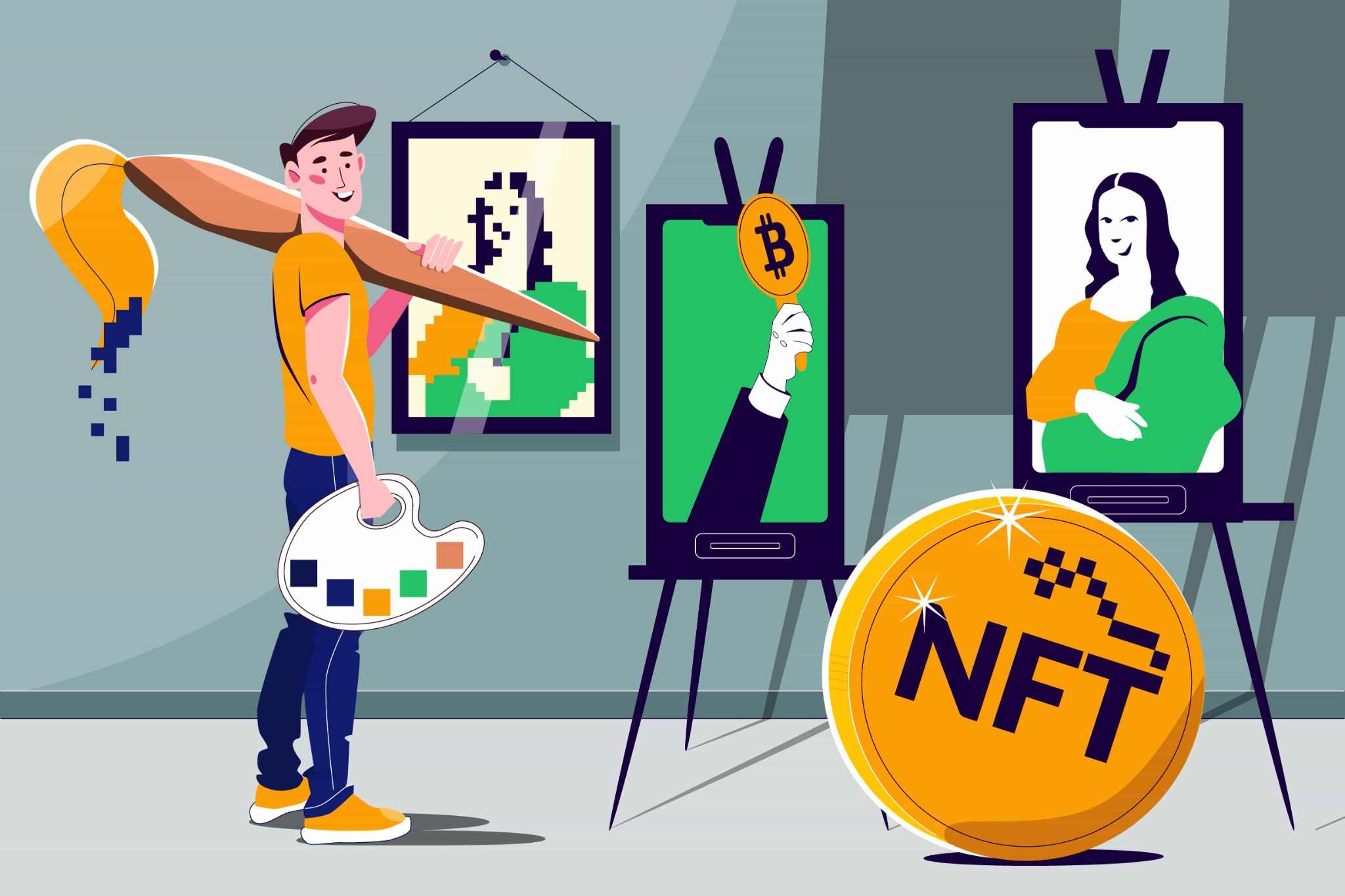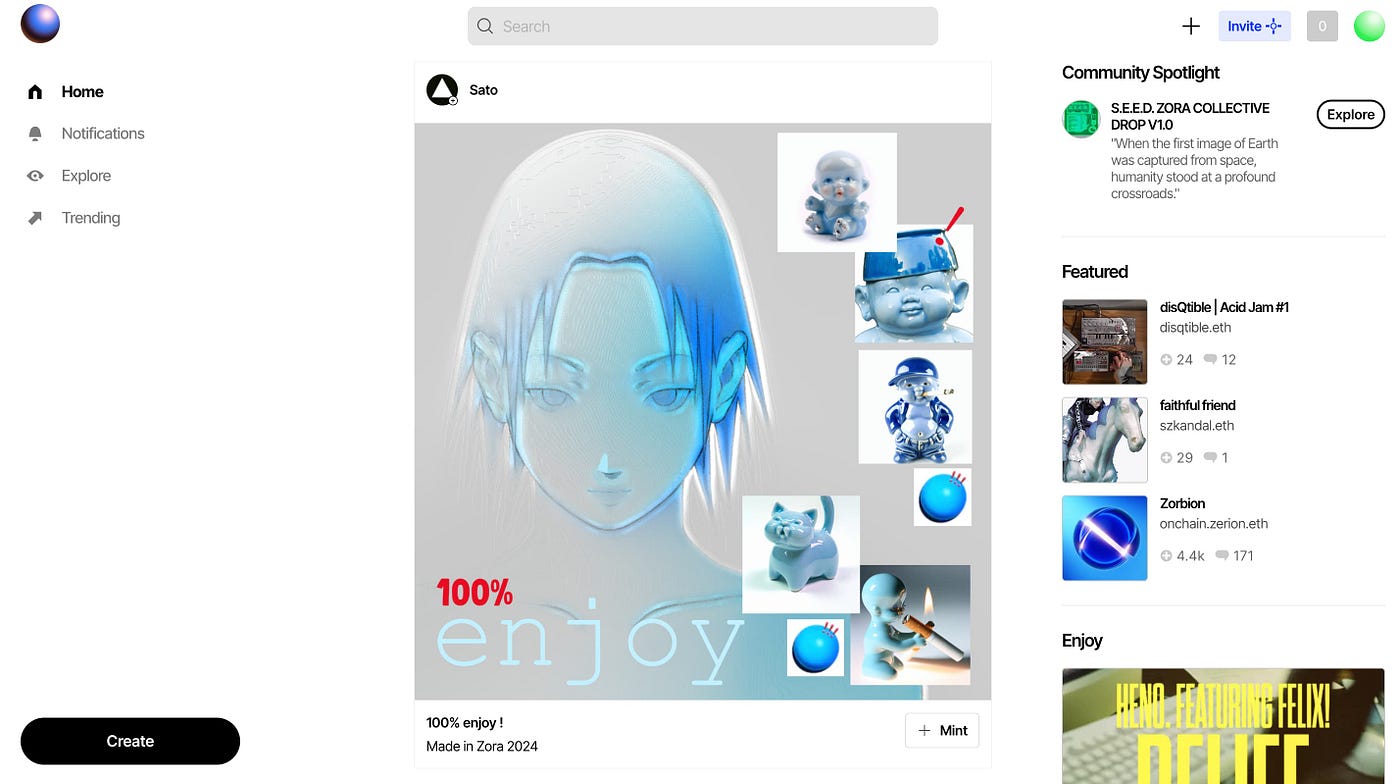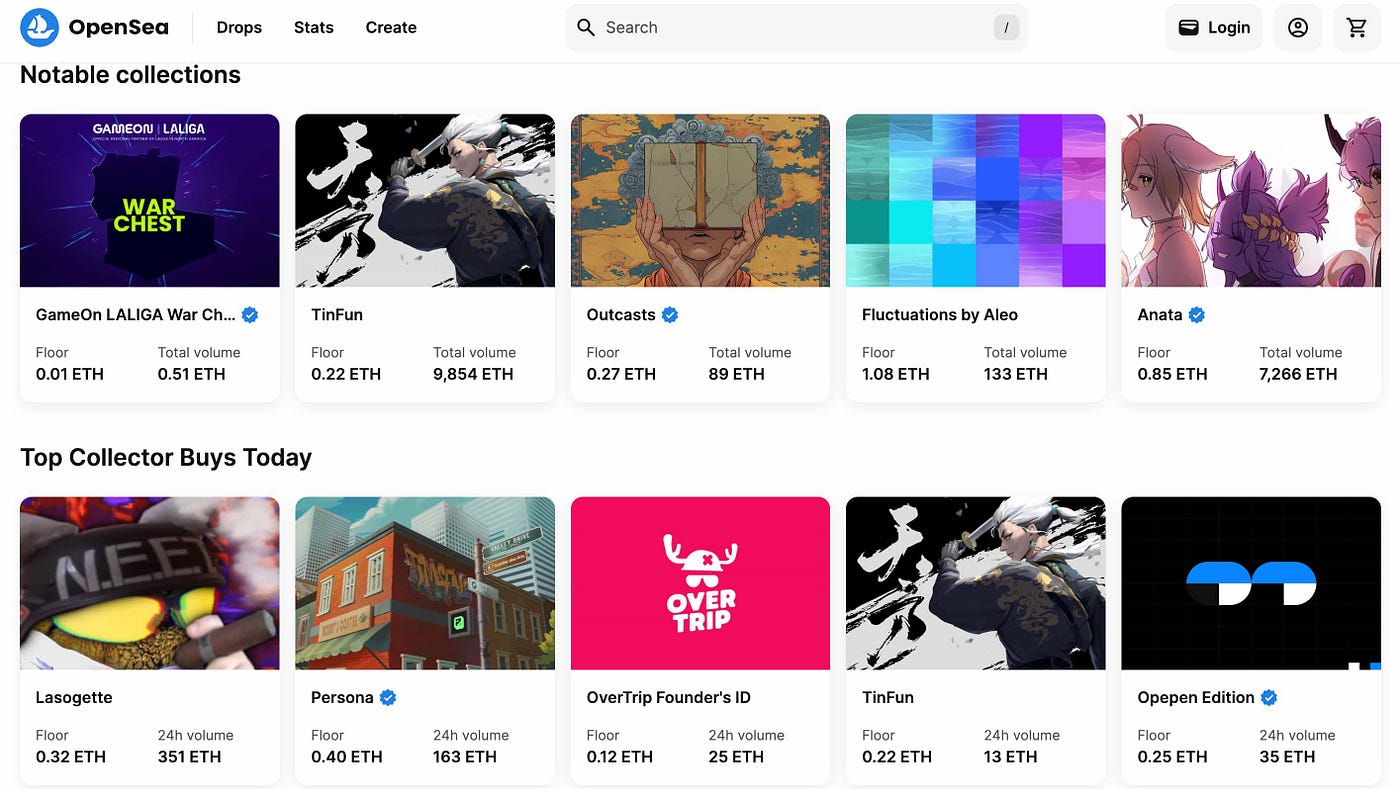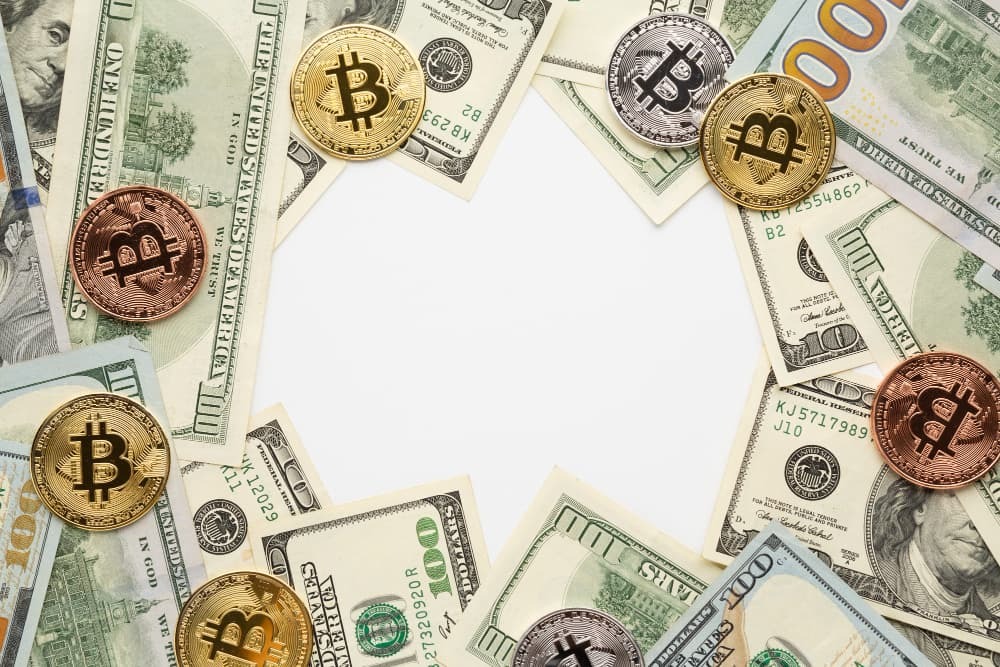How to Create and Sell an NFT

NFTs have been around longer than you might think, but we all know it first gained traction in 2017 when Cryptokitties launched. Well, not much happened in the space after that until covid struck.
Everyone will remember 2020 as the year covid shook the entire world, but so did NFTs, at least not in a bad way as covid. NFTs soared in popularity in 2020, marking the very beginning of how people turned their favorite paintings into digital assets.
But of course, NFTs are not limited to only paintings — music, pictures, drawings, pieces of art, virtual real estate, and many more can be NFTs. And now the big question; how do you even create NFTs?
If you’ve ever wanted to create an NFT and don’t know how, you’re in the right place. Buckle up as we take you through the process involved in creating and selling your very first NFT. Let’s begin!
Create an NFT in 5 Steps

Here’s a breakdown of how to create and mint your first NFT in five basic steps:
1. Draft Your Digital Asset
The very first thing you need to do is identify what asset you want to turn into an NFT. You might be an upcoming music artist looking to make a living off NFTs; because why not? Then you only need audio files of your songs. And if you’re an artisan, be sure to get an image of your best work as well.
There are no strict rules when making art because there is no one way to do it, so you can be as imaginative as you like. Software applications like Photoshop, Affinity Pro, Corel Painter, and others can help you create digital art. And if you’re probably too busy to design one, you can hire a professional or freelancer.
2. Decide on the NFT Platform
By now, you should have a stunning asset you want to turn into an NFT. And before you move further, it’s vital to select a marketplace to promote your NFT. Before picking a marketplace, here are a few things to consider:
- Is the platform easily accessible on all devices?
- Does the platform support several wallets and payment methods for a smooth transaction?
- Does the market support token fractionalization?
- Is a strong verification mechanism in place to safeguard all of your valuables?
- At the very least, does it provide some user incentive?
Here are the Top 3 Recommended NFT Platforms
- Rarible

Rarible Marketplace
Blockchains used: Ethereum, Flow, and Tezos
Rarible allows creators to mint NFT works such as books, music albums, digital art, and movies. There are several amusing features, such as the ability to provide a “sneak peek” of your creation to everyone who visits Rarible while restricting the whole project to purchasers only.
Rarible sees itself as a community-owned and operated NFT marketplace. Using Rarible’s unique token (ERC-20 RARI) grants you ownership of the Rarible project. This is an interesting feature, but it could be a little advanced for your first mint.
To get started, you’ll need a wallet compatible with the blockchain of your choice. Fees for creators vary depending on the blockchain you use, but there is an option for free minting.
- Zora

Blockchains used: Ethereum
Zora is a marketplace that sells all types of NFTs, including music files, photos, movies, and even texts. If you’re a music artist, Zora has many alternatives for you. It is also incredibly fuel efficient — you won’t have to spend a lot of money to create your NFTs, offering you the opportunity to profit without investing much.
Zora does not charge a listing fee or commission. However, it charges a gas fee for minting NFTs.
- Opensea

Blockchains used: Ethereum, Solana, Avalanche, USDC.
Ah yes! The biggest NFT marketplace and probably the best — Opensea. Opensea is designed to cater to the needs of beginners and experts. It doesn’t have a technical learning curve. Creators also get a lot of freebies as you won’t need to pay any upfront gas fees to create NFTs.
What’s more is that Opensea accepts multiple payment methods — Ethereum, Solana, Avalanche, and stablecoins like DAI and USDC. It also needs no saying that Opensea has the largest trading volume and liquidity, making it the most trusted platform to trade NFTs.
3. Set Up and Fuel Your Crypto Wallet
You will be required to pay a modest sum as transactional charges to sell your NFTs. You must first create a wallet supporting your favorite blockchain to do so. Your wallet address serves as your identification — you can create an account on marketplaces and other decentralized apps with it.
4. Connect and Build Community
Kudos! You now have your NFT, selected a marketplace, and funded your wallet, but it doesn’t stop there! You have to get to your target audience. You’ll probably need to dust off your Twitter account as Twitter is a perfect place to attract like minds. You’ll also need to sign up for Discord — where most projects create communities.
When you’re ready to sell your NFTs, your community will be your most valuable marketing resource. It may sound cliché, but you don’t need to spend a fortune on advanced marketing strategies to launch a successful NFT. Directly communicating with your fans and community can do the trick.
5. Mint and Share Your First NFT
Phew! You’re all but done, and finally the concluding step. Now all that remains is to mint your NFT. And here are the basic steps to mint your NFT. Although the steps might vary across marketplaces, but here’s a catch.
- Sign in to a marketplace and select “Create.”
- Sign in with your wallet and select a blockchain from which to mint your NFT.
- Select the number of items you want to upload.
- Put your digital file on the market.
- Determine a price for your artwork.
- Fill in your NFT information and click “Create Item.”
- On your mobile wallet, you will receive a signature request requesting authorization. Select “Sign.”
- Congratulations on successfully completing your first NFT!
Is Making NFTs a Game for the Rich?

Some fees you’ll have to pay to mint NFTs are pretty high — especially when minting with Ethereum. However, there are ways to avoid these fees. To better understand this, let’s divide the process of minting NFTs into two parts: regular minting and lazy minting.
Regular Minting
To sell NFTs on a marketplace, you’ll mostly pay anything between $1 and $500 — depending on the platform, the price of your blockchain token, and a variety of other criteria.
In almost all circumstances, you must pay upfront for gas, account, and listing fees, which can quickly add to your expenses. You must be aware of the amount of money you pay, or you will not be able to profit from selling your work.
However, this is not the standard, as there are ways to mint your NFTs for free as well, which is where lazy minting comes in.
Lazy Minting
If you don’t have enough money, to begin with, but still want to sell NFTs, lazy minting might be a perfect option. You only need to upload your NFTs on the blockchain, and if a buyer is interested, they are required to cover all the costs involved in minting your NFT.
However, it does not make the minting process cost-free because the fees are still paid, just not by you. With this method, anyone can create and sell NFTs.
Final Verdict
At first glance, selling NFT may appear to be quite difficult. While there are many factors to consider, the process itself is rather simple if you follow the procedures discussed above.
Just make sure to research the platforms that best suit your genre. It is equally important to look out for favorable auction options and payment-related bonuses such as low fees and incentives. Once you’ve covered all the basics, you’ll be well on your way to making a successful career selling NFTs.
0 Comments Add a Comment?